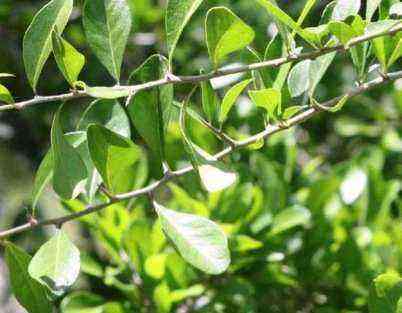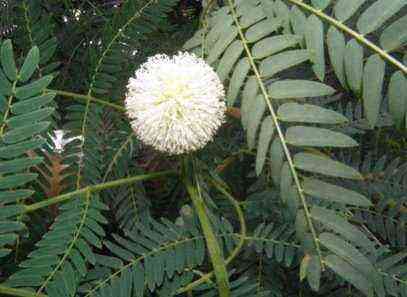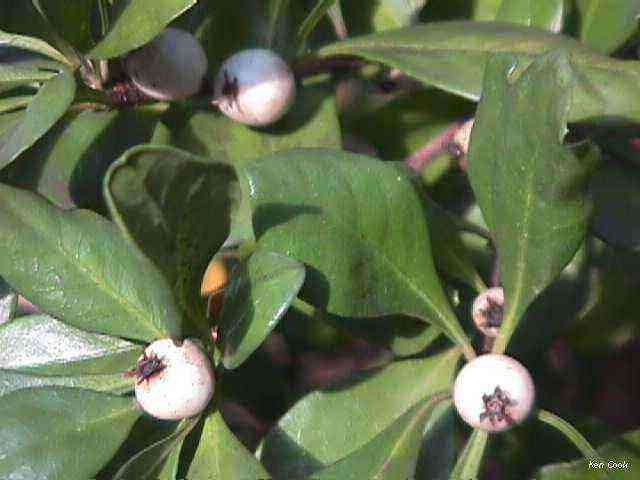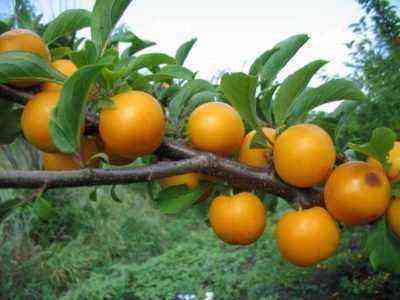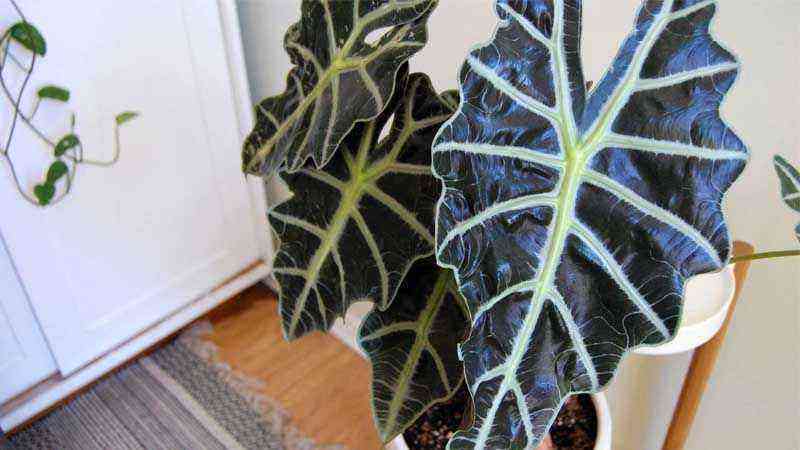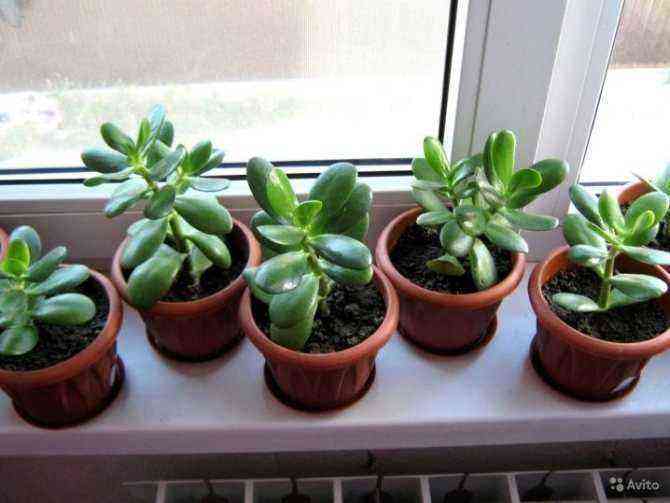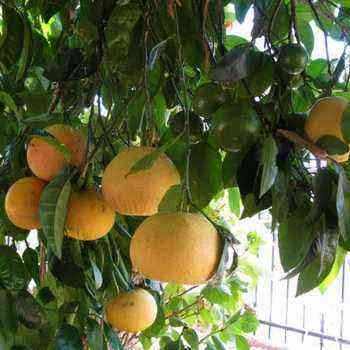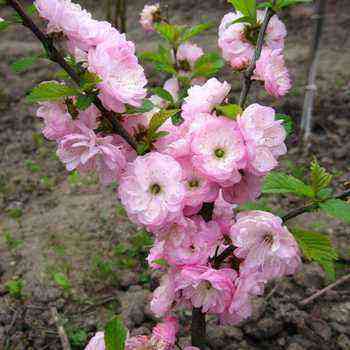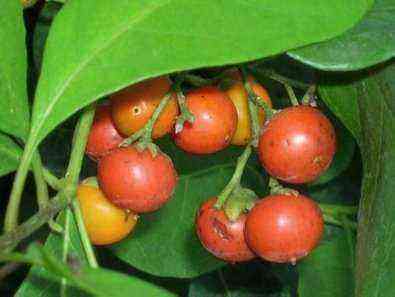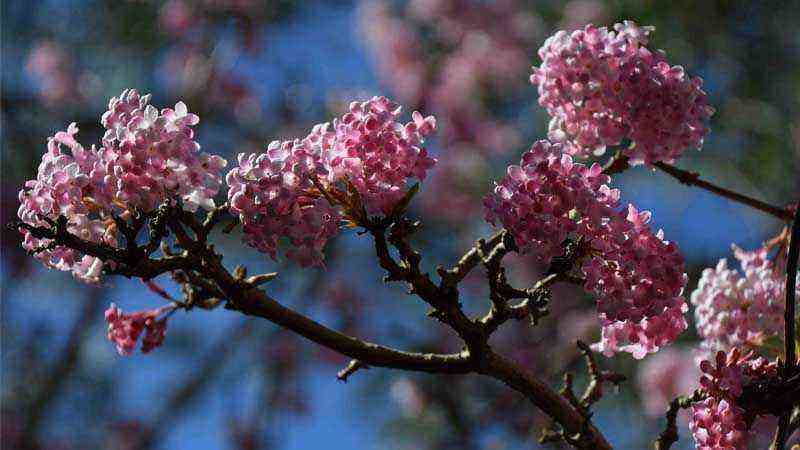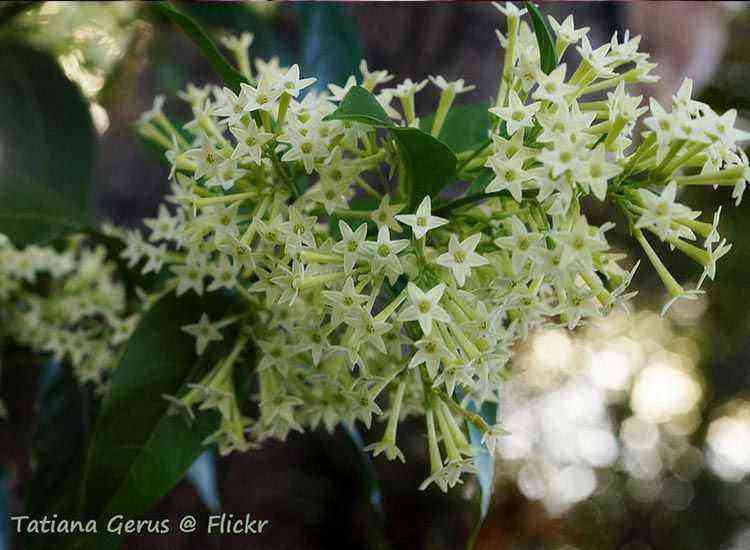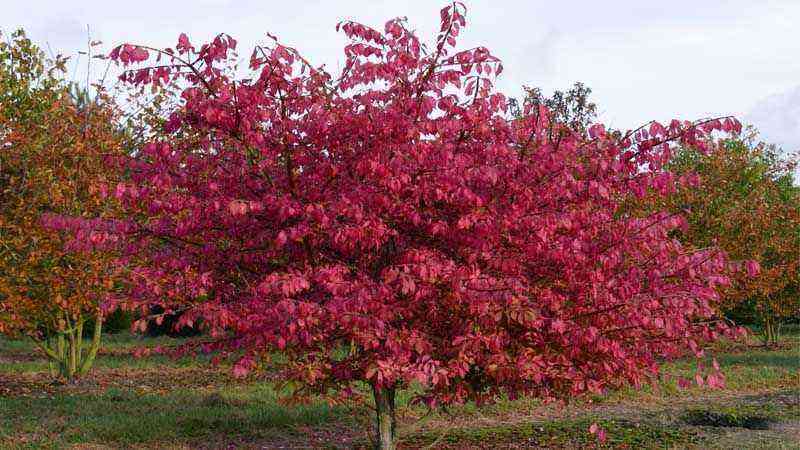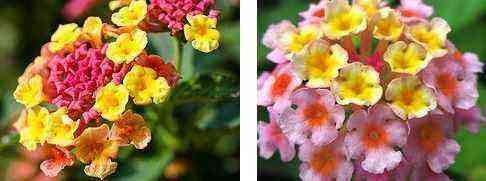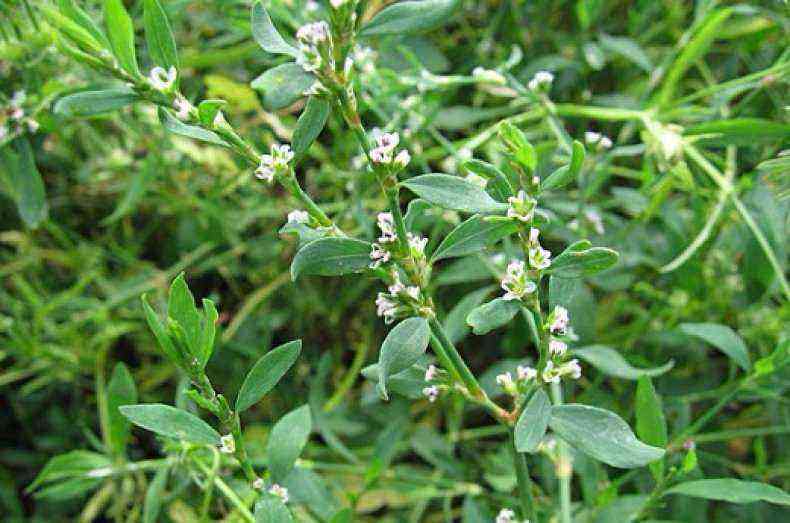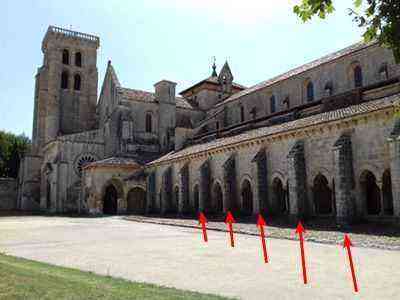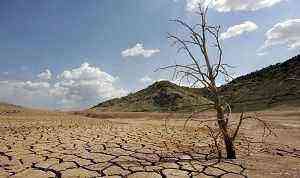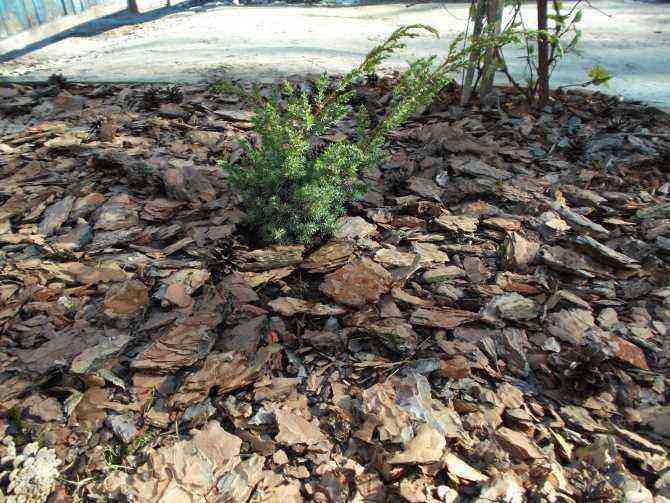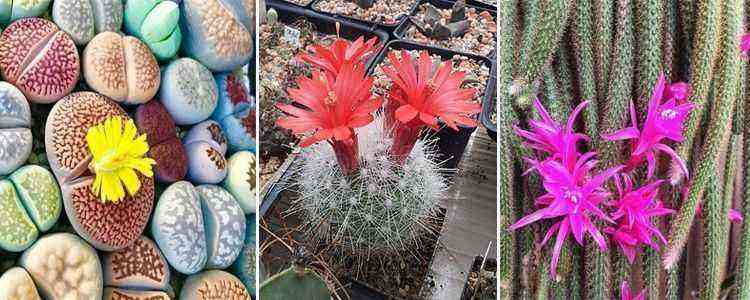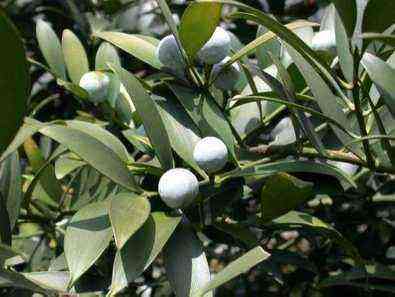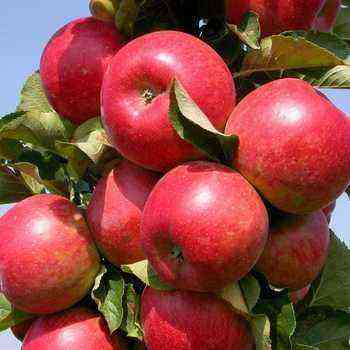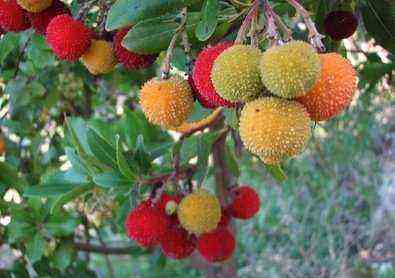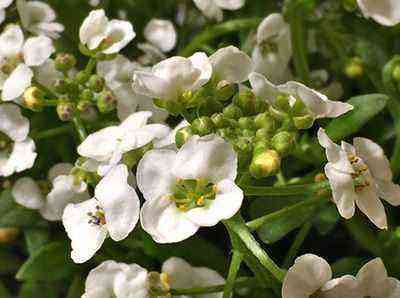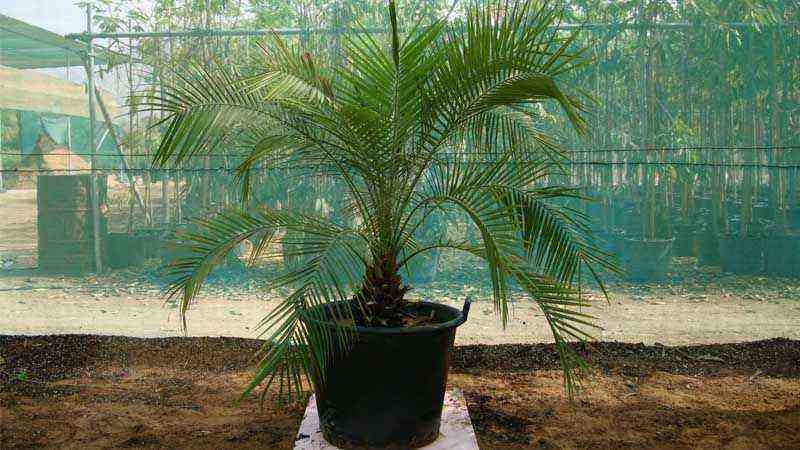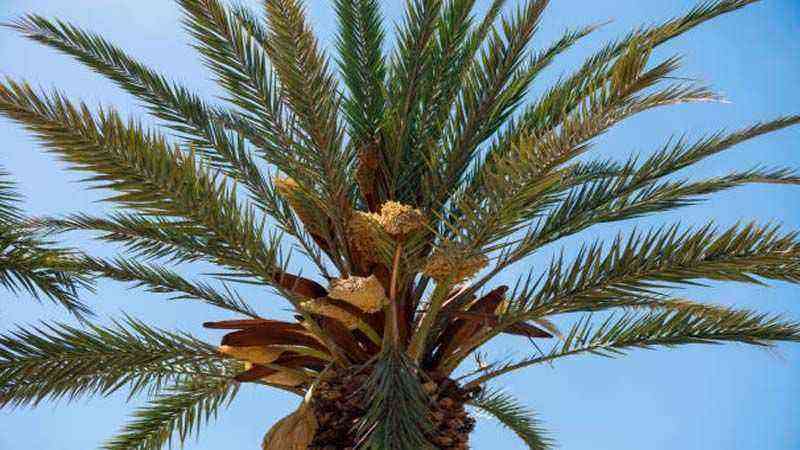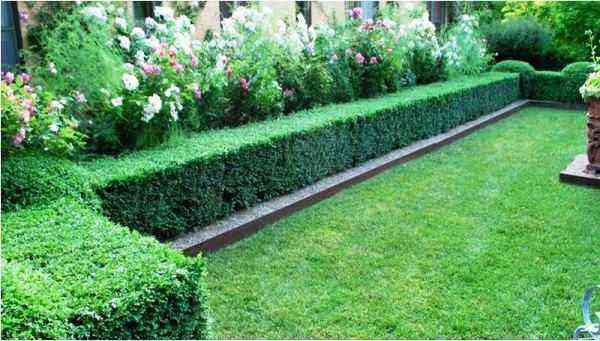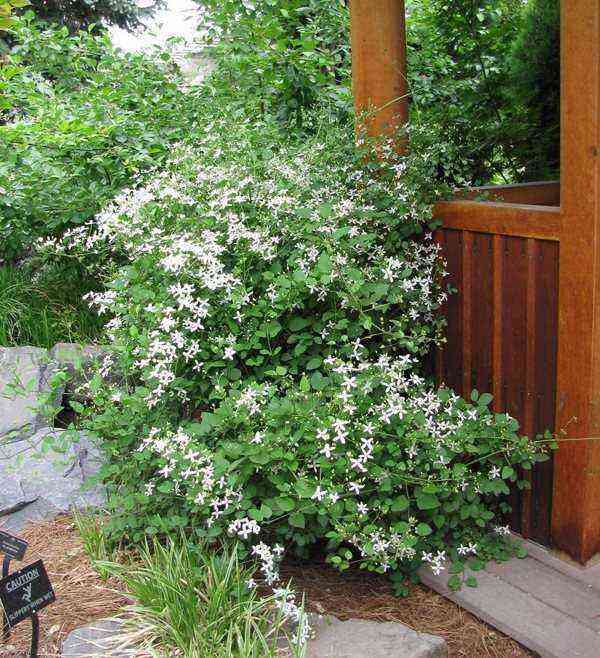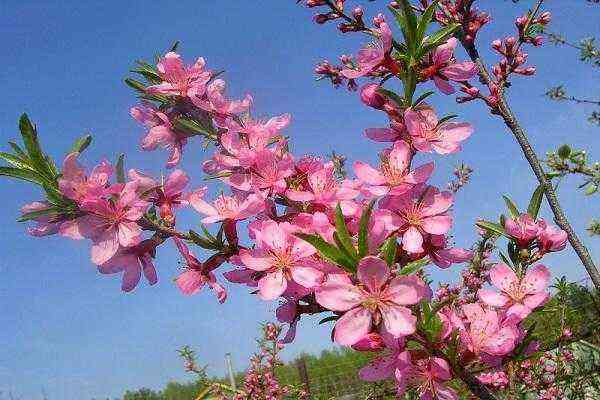Today we have a truly special plant. It is the Rose of Jericho (Anastatica hierochuntica).
It is not really well known among ornamentals, but it has some really curious properties that have made it famous throughout history.
Known in English as Resurrection plant (plant of the resurrection) Do you want to see how it behaves to have such a name?
Strategies of the rose of Jericho
The plant species that survive in arid and desert climates have the peculiarity of develop unique physiological systems.
Cacti store as much water as possible. The thorns are an evolution of millions of years from the leaves to avoid an excessive level of evapotranspiration in addition to assuming a defensive system.
Succulents such as agaves or Aloe vera have fleshy structures where they store large reserves of water in the form of mucilage and other gels.
There are endless mechanisms, but none like that of the Rose of Jericho.
The rose of Jericho has the ability to dry out but not die at all, although we would have to define very well in this case, what it means to die for a plant. The rose of Jericho does not fall within the definition. Let’s say you get some kind of mechanical latency.
Before complete irretrievable wilting, the Rose of Jericho transforms to ensure the survival of the species.
Survival mechanism of the rose of Jericho
When this desert plant dries up, its branches fold to the center forming a more or less spherical structure. Its roots are reduced to the minimum expression. It uproots by a logical mechanism in a desert. You know you won’t find water if you stay where you are.
By uprooting and curling into a ball, with enough wind, it is able to lift off the ground and roll dune above and dune below. This allows it, at the mercy of the winds, to fall in different places. It doesn’t matter if they don’t have water.
This plant can be like this for tens of years keeping the seed viable hundreds of years, until falling in a place with water.
It is at this precise moment, is when the “miracle happens.” Later we will see that it is not such a miracle.
It has its physiological explanation. If it finds water, in a few hours the parched ball of branches begins to open. The new shape prevents being blown away again by the wind. Two things can happen at this point:
- The plant remains like this until the water in the substrate dries up again. In this case, the plant will close again, again acquiring the shape of a ball, waiting for the wind to carry it to another place.
- It starts to rain. If this happens, the water droplets hit the structures containing the seeds, releasing them. In a few hours, new shoots emerge. With favorable conditions, a new Jericho rose will be born. Otherwise, that outbreak will die without remedy.
Jericho rose seed dispersal system
Do you remember the types of seed dispersal that are studied in high school? If not, let’s do a little review:
- Autocoria: It is the plant itself that uses its own structures to propagate. Invasive plants often have this type of dispersal. The strawberries with their stolons they are a species that “practices” autocoria.
- Baricoria: In this case, it is the fruit that falls by weight. Clearly the fruit trees they use this system. A chestnut, a peach …
- Zoocoria: In this case, the seeds they use animals to spread, sticking to the hair of animals, or to your socks and clothes when you go for a walk in the bush. It sure has happened to you more than once and twice.
- Anemocoria: In this case the wind is the agent that helps the dispersion. How many times have you blown away a grandfather (dandelion) scattering the seeds everywhere. The maple seed is another great example of this system.
- Hydrochoria: Is Water the agent that transports the seeds, either because they float, or because the river or the sea carries them away or because of the rain itself.
After this review, what system do you think the Rose of Jericho uses?
The rose of Jericho does not settle for just one. Use Anemocoria and a type of hydrochoria. The first to move itself with all its seeds inside the ball that forms when it dries. Be careful not to confuse this plant with the famous wheeler from western movies.
They are two different species. Hydrochoria uses it when it rains to disperse the seeds. In the slow motion of the video below it looks perfectly.
The force of the blow of the raindrops is what releases the seeds. In particular it is called ombrohidrocoria.
It is undoubtedly one of the most interesting mechanisms that a plant species has developed to survive in such extreme habitats as the desert or the steppes. It is very reminiscent of the complex mechanism of some carnivorous plants.
The process itself follows an apparently simple logical sequence that, surely, has taken thousands of years to develop from an evolutionary point of view. In a simple way it would be:
- [alert style=»green»]
- If there is water then it grows, develops as an individual and “prepares” seeds waiting for rain.
- If rains The seeds are then doubly secured. There is water and it also rains, so there are possibilities for the species to spread.
- If it does not rain then the seeds remain in the plant, it continues to develop until the reserves are exhausted (pond, wet area, etc.) waiting for it to dry out.
- If there is no water It adopts the shape of a ball, it closes waiting for the wind to take it to another place.
[/ alert]
Frequent internet confusion about the Rose of Jericho
The main error or confusion that we find on the Internet is that a fern is also commonly called that, which does have the ability to resuscitate if it enters conditions of extreme drought: a process known as anhydrobiosis.
With which it is often confused is actually called Selaginella lepidophylla, a native of the Chihuahuan desert, Mexico. Even Wikipedia itself warns of the confusion and yet, in the same entry, videos and photos of the two species coexist, a situation not very understandable, since they have nothing to do with their plant morphology, they do not even share a habitat.
And there are countless websites that talk about their magical and therapeutic properties (which we seriously doubt) in which they mix the photos of the two without shame or the slightest attention. One is from the family of Brassicaceae. The other is a poikilohydric fern that reproduces by spores (does not flower).
I invite you to put Rose of Jericho in Google and see the number of pages that mix one and another telling you a thousand stories, legends and other magical properties. Not without first seeing the differences in the following photos. Please! I need to know which one is magic! ;-P

Rose of jericho (Anastatica hierochuntica)

Selaginella lepidophylla. With which it is often confused because it has the same common name.
Let us remember the true Rose of Jericho does not rise as such. It does not turn green. Simply unfold the dry branches releasing the seeds in case of rain as explained above. From a biological point of view, the plant is dead, So how is it able to open in the presence of water? Well, in short, it has to do with structural difference in the stem at the cellular level.
As an article from the botany department of Cairo University says, which studies in depth the mechanism of this plant:
The study species, Anastatica hierochuntica, differs from other “resurrection plants” in that the processes of winding and unwinding of its skeletons are purely mechanical. There is no desiccation of the cellular constituents in the dry state and then recovery of vital processes after dehydration.
If you are interested in delving further, here is the link to scientific article on the rose of Jericho.
And here is yet another video that shows what the Rose of Jericho really looks like when it is placed in water.
We don’t have to leave the Rose of Jericho dry
Everything seen so far results in the natural propagation and dispersal of this incredible desert plant. However, in its vegetative state it is a very interesting plant to have in our xerophytic garden.
With waterings between moderate and low we can make the plant grow and keep it displayed with a beautiful green.
You will have to watch that it does not become a dry ball because it rolls out of your garden!
